The Good of Giving UpSample

How Sin Is Identified
Sin is identified in the liturgy of Christian worship. Liturgy means “the work of the people,” and Christian liturgy is a series of scripturally based prayers that proclaim the gospel and help us participate in it. As a pastor, I have found that beautiful liturgy can take the pressure off me and the congregation as we worship together. Taking up ancient prayers gives us freedom to respond with joy and unity to God’s work on our behalf. Even “non-liturgical” churches have a liturgy: they invite some kind of structured, meaningful participation in worship of the triune God.
Christian liturgy animated by the power of the Holy Spirit is as interactive as it gets, shaping body and soul, reordering loves and desires. No matter what tradition you belong to, you can use ancient prayers and readings to lead your congregation to renewed repentance and faith in the finished work of Christ.
At Immanuel Anglican Church, the congregation I pastor in Chicago, we open our Ash Wednesday service with a prayer that honors the Lord’s inclination to forgive as well as His power to help us confess our sins:
Almighty and everlasting God, you hate nothing you have made and forgive the sins of all who are penitent: Create and make in us new and contrite hearts, that we, worthily lamenting our sins and acknowledging our wretchedness, may obtain of you, the God of all mercy, perfect remission and forgiveness; through Jesus Christ our Lord, who lives and reigns with you and the Holy Spirit, one God, for ever and ever. Amen.
After an invitation to enter the season of self-examination and repentance, we name the sins that ensnare every generation:
We have not loved you with our whole heart, and mind, and strength. We have not loved our neighbors as ourselves. We have not forgiven others, as we have been forgiven. We have been deaf to your call to serve, as Christ as served us. . . .
We confess to you, Lord, all our past unfaithfulness: the pride, hypocrisy, and impatience of our lives . . . our self-indulgent appetites and ways, and our exploitation of other people . . . our anger . . . our envy . . . our dishonesty, negligence in prayer and worship . . . our false judgments . . . our prejudice and contempt . . . our blindness to human need and suffering, and our indifference to injustice and cruelty . . . we confess to you, Lord.
Every Sunday in Lent, we read the Ten Commandments as well as Jesus’ summary of the Law and the Prophets: “Love the Lord your God with all your heart and with all your soul and with all your mind and with all your strength. . . . Love your neighbor as yourself. There is no other commandment greater than these” (Mark 12:30–31). In this way, the liturgy holds up God’s law as a mirror to help us see the specific ways in which we have not kept it. Countercultural though it may be, our liturgy exposes our wickedness, sin, and failure to love God and neighbor.
Sin is identified through Lenten preaching. Lent affords us six Sundays, plus a few special services—Ash Wednesday, Maundy Thursday, and Good Friday—to address sin and its cure. Like the hearers in Acts 2:37, we need to be “cut to the heart” through the anointed preaching of God’s Word in order to be provoked to repentance. One of our Lent sermon series in recent years was based on Jesus’ letters to the seven churches in Asia Minor (Rev. 2–3), which contain stinging, restorative rebukes that still ring true today.
Sin is identified by the Holy Spirit. All of our liturgy, preaching, and pastoring needs to be infused by the Holy Spirit, who alone brings conviction of sin (John 16:8). We cannot manufacture God’s activity, but every one of us can submit to it. Every Lent we pray, “Come, Holy Spirit,” asking God to make us responsive to His presence, which is always calling out to us. He can open our blind eyes to see our sin and soften our hearts to repent of it rather than hide.
All this came together in my life last year. At Immanuel, we were progressing through a sermon series called “Deliver Us,” from the Gospel of Mark. The idea is that we often ask God to deliver us from the big problems of the world, such as corruption, division, and evil. God answers that prayer in part by revealing how deeply rooted all those vices are in our own hearts. In the words of Russian author and historian Aleksandr Solzhenitsyn, “The line dividing good and evil cuts through the heart of every human being.” One of the problems in the world that always bothered me was how judgmental people can be. The people in my life whom I’ve found most difficult to forgive were those who had criticized me. I loved to judge the judgers, to hate the haters. But during that Lent, the Holy Spirit, using
my wife, spiritual director, and a close friend, helped me see how often I silently criticize myself. This inevitably leads to harsh judgment toward other people whom I considered arrogant or mean. I always thought my harshest critics were out there. And like a crazy twist at the end of a movie, I realized that the critic was me. I can still remember feeling disoriented and “cut to the heart,” yet full of hope that change was possible.
Scripture
About this Plan

The Good of Giving Up is an evangelical case for Lent and a guide to its practice. This seven-day plan gives a brief history of Lent and shows how to observe Lent with proper motivation. Whether you are Anglican or Baptist, Reformed or Pentecostal -- The Good of Giving Up will encourage you to participate in what many know as a rich spiritual journey.
More
Related plans

Holy Spirit - Breath of God

Desperate Prayers for Hope in Hard Times
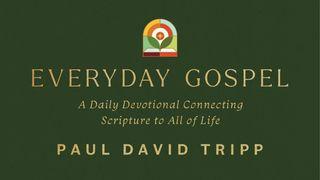
Everyday Gospel: A Daily Devotional Connecting Scripture to All of Life
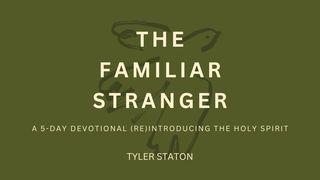
The Familiar Stranger

Sound of Heaven: A 6-Day Devotional by Danny Gokey
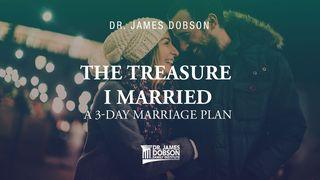
The Treasure I Married: A 3-Day Marriage Plan

In Her Image: Character Study of the Proverbs 31 Woman
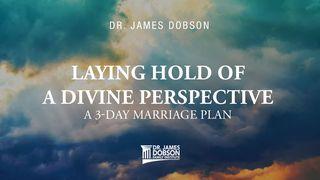
Laying Hold of a Divine Perspective: A 3-Day Marriage Plan
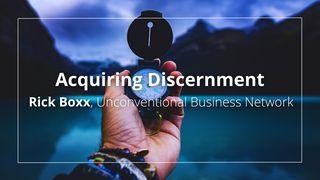
Acquiring Discernment
